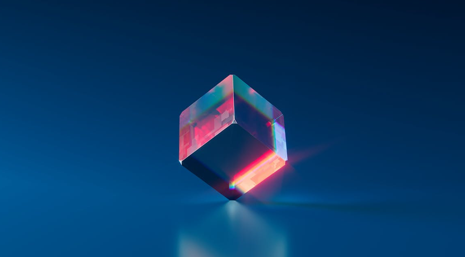share
If we were to make a prediction about how digital art and intellectual ownership will look in a few decades, we would definitely not overlook the prominent role of Non-fungible tokens or NFTs. As you may well be aware, NFTs are sought-after and valuable possessions, but not everyone knows how they gained such impressive popularity across various industries.
Over the last decade, for instance, the art world has been experiencing a new historical trend, shifting our entire perception of what gives value to art and who can own, sell, and buy this “art.” We also witnessed numerous artists and celebrities also come forward to fuel the public interest and steer NFT in a fresh direction.
There’s much to learn about the NFT space, even for the best of us, so it’s only natural that you’d have questions about this sector and who the best-selling NFT artists are. Here, we’ll delve deep into who these artists are and how they’ve used blockchain innovations to gain huge success. Let’s begin:
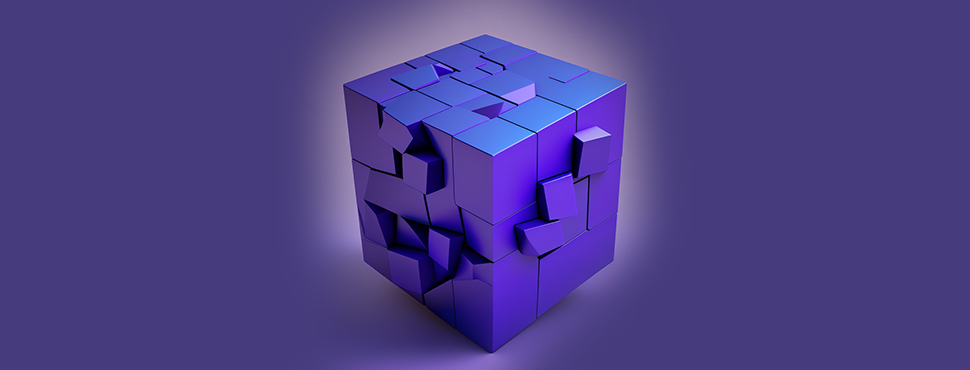
Who Is NFT Artist?
Since the early 2020s, Web3 concepts have provided new opportunities for many artists who wanted to find their own place among those selling highly valuable digital artworks. Generally speaking, NFT artists are individuals or corporations who have used this opportunity to sell their work with the help of the said Web3 technologies.
NFT artworks do not have physical copies. You can only create, sell, and own them in a digital world. Before the advent of blockchain technology, many digital art files were shared and circulated around the web without honoring the artists’ rights of ownership. This was a major obstacle that could instantly discourage brilliant artists from starting new projects.
But NFT art solved the problem in a very effective way. Thanks to the privileges that NFT sales technology offers, data hacking, and alteration are simply impossible. Top NFT artists can verify the authenticity of every digital artwork and verify its ownership.
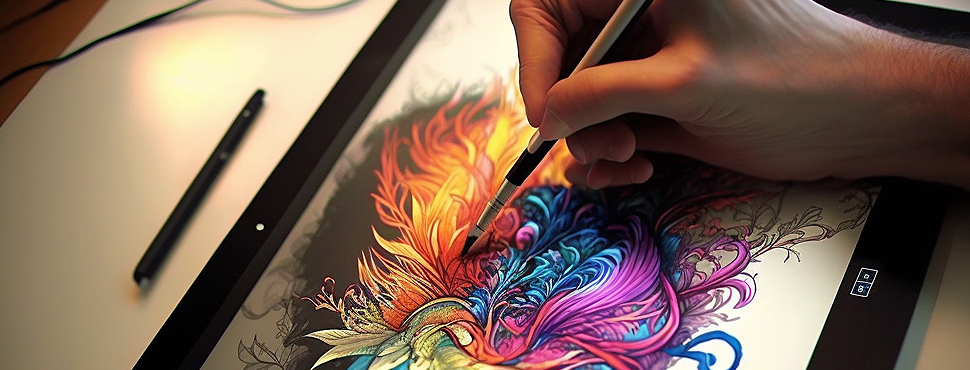
Do NFT Artists Make Money?
Short answer: YES! Top NFT artists today do happen to make fortunes by pursuing their passion, creating art, and putting them up for auction on credible digital art platforms. However, creating artwork alone doesn’t guarantee success.
Like any career, successful NFT artists are only heirs to the traditions and practices of their profession – they develop their creative skills and master marketing methods to find the best customers for their work.
Moreover, NFT sales allow for an approach to engaging with creative artwork that past generations were completely unfamiliar with. This new technology not only ensures best-selling NFT artists’ intellectual property rights including copyright and design rights but also offers an engaging and fun way for them to find their niche after playing around with various genres and art forms.
Notice that while unique style is a determining characteristic for any digital (or traditional, for that matter) artist, most popular NFT artists have certain qualities in common. Firstly, those talented individuals can establish and promote their style in their own niche, even if it doesn’t exist yet. Best NFT artists also have a considerable follower base that will support them through their journey.
Being a successful NFT artist also requires an active presence on most-visited NFT platforms such as OpenSea, Rarible, NBA Top Shot, Binance, and Nifty Gateway.

How Is NFT Market Changing the Future of Art?
Before examining the many popular NFT artists, we should first understand a few points about the future of NFT artwork. While there is definitely an array of hot trends regarding crypto, blockchain, and non-fungible tokens going around, we believe NFT art is the driving force responsible for NFT popularity and recognition.
In March 2021, a mesmerizing work by Beeple, a famous NFT artist you may have heard of, fetched $69.3 million and managed to awaken the entire art world. From January 2021 to January 2022, the global transaction of NFT artworks was estimated to be approximately $2.5 billion.
But aside from setting a high bar for digital art, NTF is contributing to the creation of a well-optimized digital space that can change our perception of aesthetics and artistic work. To mention but a few, here are 3 main changes that can characterize the NFT environment:
#1 Changing Actors
For a very long time, artists had few other options but to trust art galleries, museums, or auction houses to connect them with collectors or art fans. This was a path that mainly benefited the intermediary players since the artists usually didn’t have direct access to buyers.
Well, NFTs changed the scene altogether. Of course, art galleries, museums, or auction houses still exist, but they are not the only options you have to sell or purchase artwork. You can directly connect with customers and buyers in every part of the world and set your initial price without having to go through intermediary dealers.
Even better, NFT contracts can include an endorsement clause, establishing a specific royalty fee for the artists so that they benefit from any subsequent transaction. Moreover, decentralization and democratization of the industry ensure absolute transparency and help top NFT artists to reap the fruits of their work without getting lost in the process.
#2 Accessibility
As a consequence of the digital revolution, digital buyers nowadays can not have ownership of their artwork, although NFTs can sometimes be sold with physical art. This has raised many questions about purchasing, collecting, storing, and presenting them in public places such as museums.
Although some aspects of art ownership through art funds were common before the invention of blockchain and NFTs, these new technologies are fundamentally changing the prospect of the market.
Most importantly, by offering collective ownership, Fractional NFTs deliver an exceptional opportunity to art lovers around the world to invest in a large project as much as they can afford. Fractional art ownership allows not only secondary markets to continue their existence in the digital world but also creates new opportunities for small investments.
#3 New Communities, New Identities
If you wanted to describe how sport-fanatics support their beloved teams for someone from a few centuries back, they would’ve given you a look of disbelief. This is just one simple example of how communities shape new identities and offer a wide range of unprecedented opportunities.
NFTs are certainly more than just a new technological innovation. We are witnessing their impact on fine arts, as well as other domains of creative skills. Aside from the new genres and art forms, we can also see the gradual appearance of new communities and values collectively supporting unique artistic styles and tastes.
Social media platforms combined with NFTs are providing an exceptional opportunity for the growth of virtual and online communities. This is especially important since the fine art communities were traditionally more centralized around specific media channels that only promoted certain art forms. But today, every taste, style, and preference can be fully satisfied in a decentralized art space.
The Most Famous NFT Artists Today
The debate on who is the most successful NFT artist has been going around for as long as NFT has been around. The metrics of art and beauty are – even according to philosophers- subjective. But we have curated a list of the greatest NFT artists based on their sales numbers and followers. Let’s see what makes each unique:
#1 Beeple

Beeple, or Mike Winkelmann, is one of the best-selling NFT artists today, with a net worth of approximately $50 million. His most known piece, Everyday: the First 5000 Days, was bought for an eye-watering sum of $69.9 million. Beeple claimed that this work took almost 13 years to complete and includes 5,000 digital images.
Another now-famous artwork by Mike Winkelmann, whimsical giant flies swirling around a gladiatorial Mike Pence figure, immediately gained a lot of attention on social media during the presidential election.
Winkelmann is an incredibly innovative artist who knows how to intrigue his audience with relevant yet timeless masterpieces. His work is a combination of bizarre, funny, disturbing, and grotesque images standing in a perfect correlation.
#2 PAK
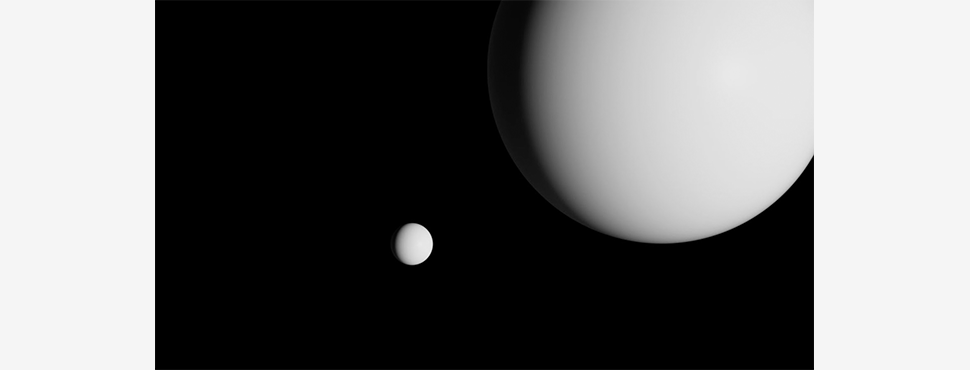
Murat Pak, as fans and aficionados used to call him, is still unidentified. Yet, his anonymity had certainly not damaged his reputation as one of the most prestigious NFT artists around. Some experts guess that PAK is, in fact, not an individual but a group since there are a few different styles perceptible in their pieces.
Pak is also considered to be the person (or the group) behind planning and creating the most costly NFT collection ever -the Merge collection, which was sold for the outrageous sum of $91.8 Million via Nifty Gateway.
Our guess is Pak started from code and has now reached a level of mastery to create an advanced art curation bot, Archillect, that uses an artificial intelligence system to discover and share stimulating visual content on social channels.
#3 Tyler Hobbs

Our third artist on the list is nothing short of a wizard when it comes to combining computer code, mathematics, and aesthetics to create jaw-dropping NFT art. A popular NFT artist, Tyler Hobbs’s NFT art doesn’t know any limits. He always goes beyond routine subjects and typical subject matters and portrays a free spirit reflected in brilliant colors and patterns.
Hobbs’ art includes elements of algorithmic aesthetics, showcasing one of the rare and well-crafted combinations of AI-powered innovation with an artistic perception of nature.
While Hobbs has dedicated decades to mastering different techniques in figurative, portrait, and naturalistic artwork, his recent works point to an NFT artist who keeps exploring new territories every day. His most famous work, Fidenza, is a generative art collection that was created in October 2021 and earned him USD 177 million.
#4 Dmitri Cherniak

The next one on our list of the most successful NFT artists is one that is relatively new but has a sharp eye for catching the emerging trends in the sector. Dmitri Cherniak, whose fans also call him “GaryVee,” is certainly a dreamer who has not only mastered painting skills but has repeatedly proven that he knows the dynamics of market change and cultural trends.
The Ringers collection of algorithmic art, which are on the rise now more than ever, can be found on the Art Blocks platform and is the most famous work by Dmitri Cherniak. His art is mostly characterized by a mix of geometric/minimalistic art and portraiture, sometimes combined with colors that speak to your soul, other times simply featuring black and white.
Another noteworthy accomplishment of Gary is the VeeFriends NFT archive, which is an NFT project that aims to preserve meaningful intellectual property and an extraordinary group of people. Gary created VeeFriends to realize his dream of bringing the world around his creative work to life and helping others find their place and calling.
#5 XCOPY
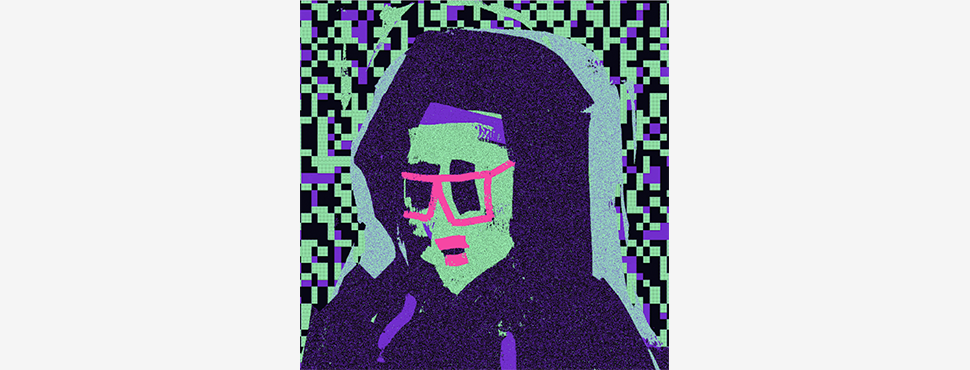
XCOPY is the alias of a London-based NFT artist with exceptional talent and skill. Although XCOPY’s real name is not known, he is a prominent figure within the NFT space, in addition to being a staunch advocate of the cryptocurrency movement. XCOPY is also an experienced designer with an incredibly unique taste and style.
XCOPY’s work generally follows nightmarish, dark themes, such as death, dystopia, and apathy, reflected through distorted visual loops, skulls, and strobe lighting. His brilliant use of bricolage, color, and photo manipulation was especially appreciated by viewers of his open edition collection on Nifty Gateway, Max Pain.
XCOPY is a prolific NFT artist, and his pieces cost an average of $7,200. His famous work open edition NFT release generated nearly $23 million worth of sales in 10 minutes!
#6 Matt DesLauriers

Matt DesLauriers is also among the best-selling NFT artists who showcase the impressive Art Blocks theme. Matt is well-versed in a broad array of tech-related areas, including software development, art, and illustration.
His technical knowledge is combined with an excellent artistic instinct to create one of the finest representations of NFT art. Unlike most famous generative art examples, Matt’s work is far from abstract, which makes it even more attractive to people who prefer some elements of classic painting in modern art.
#7 Hackatao

Although every NFT artist on this list is unique in its own way, the Hackatao duo takes uniqueness to an entirely new level. Their physical work is almost as famous as their NFT artworks, reflecting a unique-to-themselves artistic style that explores deep meanings in simple patterns and designs.
Hackatao is an NFT artist whose work often integrates elements of feminine forms with colorful curves, elaborate motifs, and strong street art feels, which has gained a lot of attention in recent years. Hackatao’s NFTs usually target pressing social issues and topics such as climate change, political trends, and crypto.
Most Famous NFT Artists – Bottom Line
There you go, folks! This is what the art world of tomorrow looks like, and from where we are standing, the view is pretty much breathtaking! The top NFT artists listed above are among hundreds of up-and-coming artists who are experimenting with unlimited options of digital art and have successfully created some of the most brilliant works ever.
If you are a fan of emerging NFT artwork and follow famous NFT collections, we suggest keeping an eye on digital art NFT spaces and popular NFT artists to see what developments come next in this important and rapidly expanding sphere.
If you’d like to start your own NFT project or learn more detailed insight about NFTs, check out our blog and consider signing up for one of our consultations.
